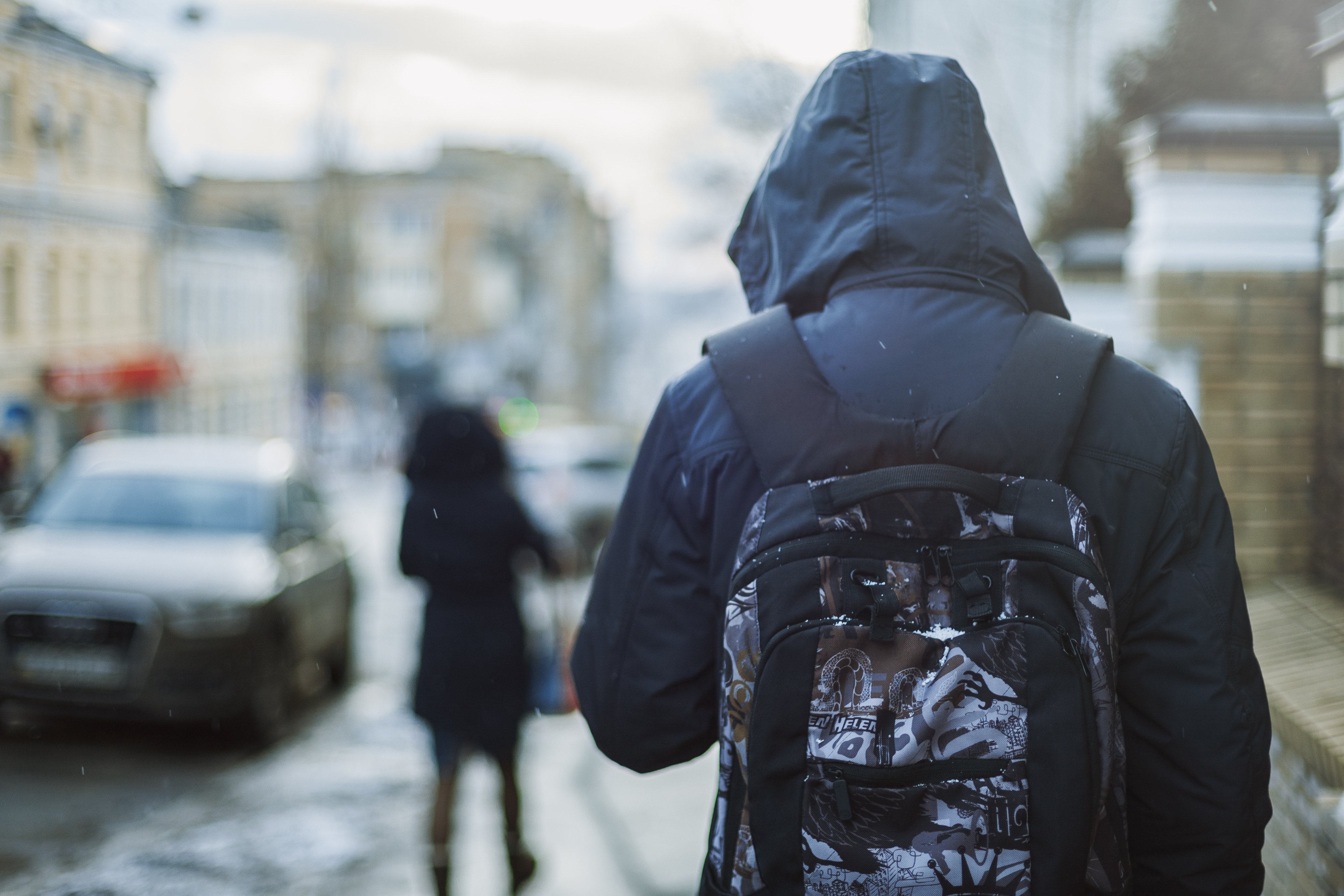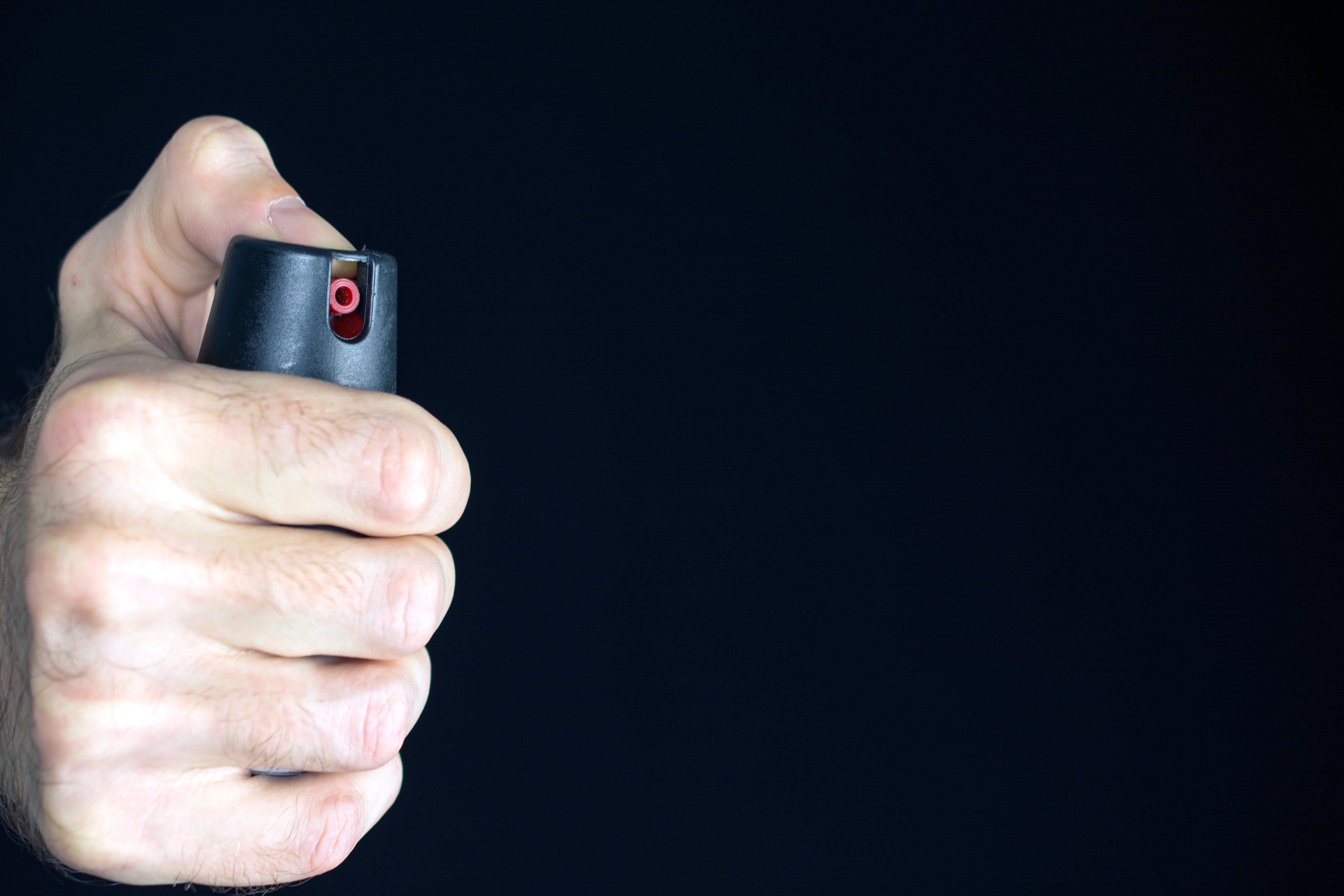
Seattle resident David Vanwetter’s living situation as a teen was never entirely stable. He was often shuttled between his two divorced parents’ homes and the home of a family friend; and at just 13, Vanwetter began spending the majority of his time on the streets, where he began using methamphetamine and acquired a gun. Within a few short years, Vanwetter had already been in and out of the state’s juvenile justice system about a dozen times. Most of the times he was arrested, Vanwetter was homeless, which left him with no place to go once he was released. This entangled him in a cycle of detention and homelessness. “I’d get out of juvie and I’d already know, well, I’m going to be back to juvie soon,” said Vanwetter, who is now 21. “But what I didn’t know was how to not be homeless.”

 More than a decade ago, Utah resident Tanner Atwood-Bowen was a teenager the night he and two friends found a four-wheeler and took it for a spin around their neighborhood. Although the boys knew this was a mistake, officers soon arrested them. Atwood-Bowen later admitted to a felony theft charge in Utah's juvenile justice system and was required to pay the court about $5,000 in fees. A year later he was able to have the record expunged -- and yet the conviction has still managed to follow him into his adult life. In 2017 Atwood-Bowen was in the process of training as a probation officer, which requires the disclosure of felony convictions. As his juvenile record was expunged, Atwood-Bowen did not include it on his application per a court worker’s instructions. But a police standards board accused Atwood-Bowen of lying on his application, and ultimately barred him from working in law enforcement for two years. Since then he has gone on to open his own real estate business, but the police standard’s board decision, as a matter of public record, comes up in Google results when his name is searched, and Atwood-Bowen says this has hurt his ability to grow his business. Atwood-Bowen, who is now 29, believes that he could have avoided these professional issues related to his conviction if he had been allowed access to an attorney.
More than a decade ago, Utah resident Tanner Atwood-Bowen was a teenager the night he and two friends found a four-wheeler and took it for a spin around their neighborhood. Although the boys knew this was a mistake, officers soon arrested them. Atwood-Bowen later admitted to a felony theft charge in Utah's juvenile justice system and was required to pay the court about $5,000 in fees. A year later he was able to have the record expunged -- and yet the conviction has still managed to follow him into his adult life. In 2017 Atwood-Bowen was in the process of training as a probation officer, which requires the disclosure of felony convictions. As his juvenile record was expunged, Atwood-Bowen did not include it on his application per a court worker’s instructions. But a police standards board accused Atwood-Bowen of lying on his application, and ultimately barred him from working in law enforcement for two years. Since then he has gone on to open his own real estate business, but the police standard’s board decision, as a matter of public record, comes up in Google results when his name is searched, and Atwood-Bowen says this has hurt his ability to grow his business. Atwood-Bowen, who is now 29, believes that he could have avoided these professional issues related to his conviction if he had been allowed access to an attorney. Many young people worry that their criminal past will follow them throughout their lives. As soon as a juvenile comes into contact with law enforcement, a criminal record is opened on them, and this record will contain every single document that is created by the police department, court, district attorney, and probation department in relation to the juvenile’s criminal activity. A common misconception about juvenile records is the belief that, once a youth turns 18, the record disappears; this, however, is often not the case, and a juvenile criminal record can create serious obstacles in adulthood. It can prevent a young person from receiving financial aid to assist with college tuition, harm their ability to get a job or join the military, and impede licensure eligibility for certain professions. It can also affect eligibility for public housing, not only for the adolescent but also for the family they are residing with. In recent years, some states have added laws to try and keep juvenile records from haunting adults, but not all states have such safeguards in place.
Many young people worry that their criminal past will follow them throughout their lives. As soon as a juvenile comes into contact with law enforcement, a criminal record is opened on them, and this record will contain every single document that is created by the police department, court, district attorney, and probation department in relation to the juvenile’s criminal activity. A common misconception about juvenile records is the belief that, once a youth turns 18, the record disappears; this, however, is often not the case, and a juvenile criminal record can create serious obstacles in adulthood. It can prevent a young person from receiving financial aid to assist with college tuition, harm their ability to get a job or join the military, and impede licensure eligibility for certain professions. It can also affect eligibility for public housing, not only for the adolescent but also for the family they are residing with. In recent years, some states have added laws to try and keep juvenile records from haunting adults, but not all states have such safeguards in place. When Toney Jennings was arrested in 2010, he was a 16-year-old being raised by his grandmother in Caledonia, Mississippi. He loved playing football and going fishing. Despite having a diagnosed learning disability and an Individualized Educational Program (IEP), by the time he was in high school, Jennings was so far behind in school that he was labeled as illiterate. A series of behavioral issues led his teachers to recommend that Jennings’ grandmother send him to an alternative school. When he entered the school, Jennings read at a kindergartener’s level and his math skills were that of a first-grader. But he began making progress there, where teachers were able to give him the individual help his IEP entitled him to. Being arrested, however, stopped his progress in its tracks. That’s because, for the six months that Jennings was in a juvenile detention facility, he didn’t attend any classes at all. Instead, Jennings says that he watched television, played basketball, and “basically just stayed to myself.”
When Toney Jennings was arrested in 2010, he was a 16-year-old being raised by his grandmother in Caledonia, Mississippi. He loved playing football and going fishing. Despite having a diagnosed learning disability and an Individualized Educational Program (IEP), by the time he was in high school, Jennings was so far behind in school that he was labeled as illiterate. A series of behavioral issues led his teachers to recommend that Jennings’ grandmother send him to an alternative school. When he entered the school, Jennings read at a kindergartener’s level and his math skills were that of a first-grader. But he began making progress there, where teachers were able to give him the individual help his IEP entitled him to. Being arrested, however, stopped his progress in its tracks. That’s because, for the six months that Jennings was in a juvenile detention facility, he didn’t attend any classes at all. Instead, Jennings says that he watched television, played basketball, and “basically just stayed to myself.” Providing students with a safe and healthy learning environment is the goal of school administrators across the nation, and in the last few decades this goal has grown to include preventing students from using tobacco, alcohol, and drugs. One of the first programs to address this issue was D.A.R.E., which began in Los Angeles in the early 1980s. Studies on the program’s efficacy, however, have shown the results to be mixed at best, and in some cases, the prevalence of drug use in teens increased. In response to this, school administrators began looking elsewhere to find solutions to this issue. Some administrators drew inspiration from workplace drug testing policies, the result of which has been the implementation of random drug testing programs for students in schools across the nation. Such policies have left both parents and students alike uneasy about the process, and experts unconvinced of such a policy’s effectiveness to curb youth substance use.
Providing students with a safe and healthy learning environment is the goal of school administrators across the nation, and in the last few decades this goal has grown to include preventing students from using tobacco, alcohol, and drugs. One of the first programs to address this issue was D.A.R.E., which began in Los Angeles in the early 1980s. Studies on the program’s efficacy, however, have shown the results to be mixed at best, and in some cases, the prevalence of drug use in teens increased. In response to this, school administrators began looking elsewhere to find solutions to this issue. Some administrators drew inspiration from workplace drug testing policies, the result of which has been the implementation of random drug testing programs for students in schools across the nation. Such policies have left both parents and students alike uneasy about the process, and experts unconvinced of such a policy’s effectiveness to curb youth substance use.  Twenty-five-year-old Lonnie Wright grew up in East Oakland, an area well known for its high levels of crime. “We were just in the heart of drugs, violence and guns and death,” says Wright of his childhood. Growing up, his involvement in his school’s football team kept Wright out of trouble; when he lost his spot on the high school team, that began to change. Wright lost interest in school and began getting into trouble. The first time he ended up in juvenile hall for stealing a car, he was just sixteen, and it didn’t take long for Wright to find that pepper spray was used with alarming frequency when the inmates didn’t listen to instructions, or when fights broke out.
Twenty-five-year-old Lonnie Wright grew up in East Oakland, an area well known for its high levels of crime. “We were just in the heart of drugs, violence and guns and death,” says Wright of his childhood. Growing up, his involvement in his school’s football team kept Wright out of trouble; when he lost his spot on the high school team, that began to change. Wright lost interest in school and began getting into trouble. The first time he ended up in juvenile hall for stealing a car, he was just sixteen, and it didn’t take long for Wright to find that pepper spray was used with alarming frequency when the inmates didn’t listen to instructions, or when fights broke out.  According to the Centers for Disease Control and Prevention (CDC), alcohol is still the most commonly used and abused drug of choice for youth under the age of 21. In fact, the CDC estimates that 11 percent of alcohol consumed in the United States each year is consumed by youths between 12 and 20 years of age, and 90 percent of that occurs in the form of binge drinking. Despite being viewed as not carrying a great risk by roughly 50 percent of teenagers, the ramifications of underage drinking can lead to lifelong mental and physical issues. From sexual assaults to car accidents, stories of the negative impact drinking can have on youth are frequent in the news and pose a serious public health concern across the country.
According to the Centers for Disease Control and Prevention (CDC), alcohol is still the most commonly used and abused drug of choice for youth under the age of 21. In fact, the CDC estimates that 11 percent of alcohol consumed in the United States each year is consumed by youths between 12 and 20 years of age, and 90 percent of that occurs in the form of binge drinking. Despite being viewed as not carrying a great risk by roughly 50 percent of teenagers, the ramifications of underage drinking can lead to lifelong mental and physical issues. From sexual assaults to car accidents, stories of the negative impact drinking can have on youth are frequent in the news and pose a serious public health concern across the country.


